ALBANY — The red wolf population at Chehaw has nearly doubled with the addition of six pups that were born this spring at the wild animal habitat. They, along with a sibling that did not survive, were part of the largest litter of red wolf pups born in the world this year.
The zoo announced the births Wednesday. “We typically don’t announce until they get that six-week health check, so this is the first time that we’ve announced that we have wolf pups,” said Morgan Burnette, director of community engagement at Chehaw.
The Albany zoo now has 13 red wolves, including two sets of mating wolves. The pups Clay, Karma, Willow, Juno, Rojo and Indigo — five females and a male — were born to mates Waya and Patrioy on April 21. “Babies are always exciting at the zoo,” Chehaw Director of Animal Care Ben Roberts said. “For an animal like the red wolf, which is listed as critically endangered, and with fewer than 300 remaining in the entire world, the birth of six healthy red wolf pups is especially rewarding.”
“It was originally seven that were born, which makes it the biggest litter this year so far in the world, which is huge, especially for something that is so critically endangered,” Burnette said. “Seven is a big impact. Six survived.”
Officials aren’t sure why the seventh pup died. “You’re talking about an animal that came back from 17 founding animals,” Burnette noted. “There’s so much line breeding that goes into that. They’re not always healthy when they’re born.”
The pups are being introduced to the public this week after passing their health checks Tuesday. It appears they will be the only additions to the red wolf population at Chehaw this year.
Births tend “to happen every year about this time,” Burnette said. “(Chehaw officials) separated the two breeding pairs to keep it calm and quiet during this time. It looks like the other breeding pair is not going to have pups this year. You never know why it didn’t happen (for the other pair) this year.”
The red wolves are part of the Association of Zoos and Aquariums’ Species Survival Program, which means that, at some point, at least some will be moving to other locations to help in the recovery of the species, which Chehaw officials say now numbers less than 300 — about 200 in captivity, with another 100 roaming their native habitat in eastern North Carolina.
“We hope they’ll be here for a year or so,” Burnette said. “We’ll end up sending some to different facilities to breed, and we’ll get some in. We kind of trade back and forth however they (officials with the national program) tell us to. We’ll always have red wolves. That’s something we want to be involved in.”
Chehaw officials would like to be even more involved, but first they’ll have to find something that can also be scarce — funding. Chehaw wants to create a red wolf recovery center comprising six exhibits of about 1,000 square feet each that in addition to the breeding program would provide the U.S. Fish & Wildlife Service with a place to keep wild nuisance animals that are being relocated.
“We’re hoping to make a new red wolf recovery center happen, but it’s not looking good at the moment,” Burnette said. “We want to do five or six exhibits, not only to continue the captive breeding process, but to provide the national U.S. Fish & Wildlife with a place to house wolves … kind of an in-between place they don’t have right now.
“Building that recovery center would really help the species as a whole, as well as the national program.”
Chehaw, which is AZA accredited, had put in a funding request for inclusion in the Nov. 6 referendum for Albany-Dougherty County’s Special Purpose Local Option Sales Tax VII, but Burnette said, “The city had other priorities. Federal is trying to get us some money, but they certainly can’t do all of it.”
Chehaw officials say that unless changes are made to the SPLOST VII proposal, the red wolf recovery center project will have to be shelved.
source
The zoo announced the births Wednesday. “We typically don’t announce until they get that six-week health check, so this is the first time that we’ve announced that we have wolf pups,” said Morgan Burnette, director of community engagement at Chehaw.
The Albany zoo now has 13 red wolves, including two sets of mating wolves. The pups Clay, Karma, Willow, Juno, Rojo and Indigo — five females and a male — were born to mates Waya and Patrioy on April 21. “Babies are always exciting at the zoo,” Chehaw Director of Animal Care Ben Roberts said. “For an animal like the red wolf, which is listed as critically endangered, and with fewer than 300 remaining in the entire world, the birth of six healthy red wolf pups is especially rewarding.”
“It was originally seven that were born, which makes it the biggest litter this year so far in the world, which is huge, especially for something that is so critically endangered,” Burnette said. “Seven is a big impact. Six survived.”
Officials aren’t sure why the seventh pup died. “You’re talking about an animal that came back from 17 founding animals,” Burnette noted. “There’s so much line breeding that goes into that. They’re not always healthy when they’re born.”
The pups are being introduced to the public this week after passing their health checks Tuesday. It appears they will be the only additions to the red wolf population at Chehaw this year.
Births tend “to happen every year about this time,” Burnette said. “(Chehaw officials) separated the two breeding pairs to keep it calm and quiet during this time. It looks like the other breeding pair is not going to have pups this year. You never know why it didn’t happen (for the other pair) this year.”
The red wolves are part of the Association of Zoos and Aquariums’ Species Survival Program, which means that, at some point, at least some will be moving to other locations to help in the recovery of the species, which Chehaw officials say now numbers less than 300 — about 200 in captivity, with another 100 roaming their native habitat in eastern North Carolina.
“We hope they’ll be here for a year or so,” Burnette said. “We’ll end up sending some to different facilities to breed, and we’ll get some in. We kind of trade back and forth however they (officials with the national program) tell us to. We’ll always have red wolves. That’s something we want to be involved in.”
Chehaw officials would like to be even more involved, but first they’ll have to find something that can also be scarce — funding. Chehaw wants to create a red wolf recovery center comprising six exhibits of about 1,000 square feet each that in addition to the breeding program would provide the U.S. Fish & Wildlife Service with a place to keep wild nuisance animals that are being relocated.
“We’re hoping to make a new red wolf recovery center happen, but it’s not looking good at the moment,” Burnette said. “We want to do five or six exhibits, not only to continue the captive breeding process, but to provide the national U.S. Fish & Wildlife with a place to house wolves … kind of an in-between place they don’t have right now.
“Building that recovery center would really help the species as a whole, as well as the national program.”
Chehaw, which is AZA accredited, had put in a funding request for inclusion in the Nov. 6 referendum for Albany-Dougherty County’s Special Purpose Local Option Sales Tax VII, but Burnette said, “The city had other priorities. Federal is trying to get us some money, but they certainly can’t do all of it.”
Chehaw officials say that unless changes are made to the SPLOST VII proposal, the red wolf recovery center project will have to be shelved.
source


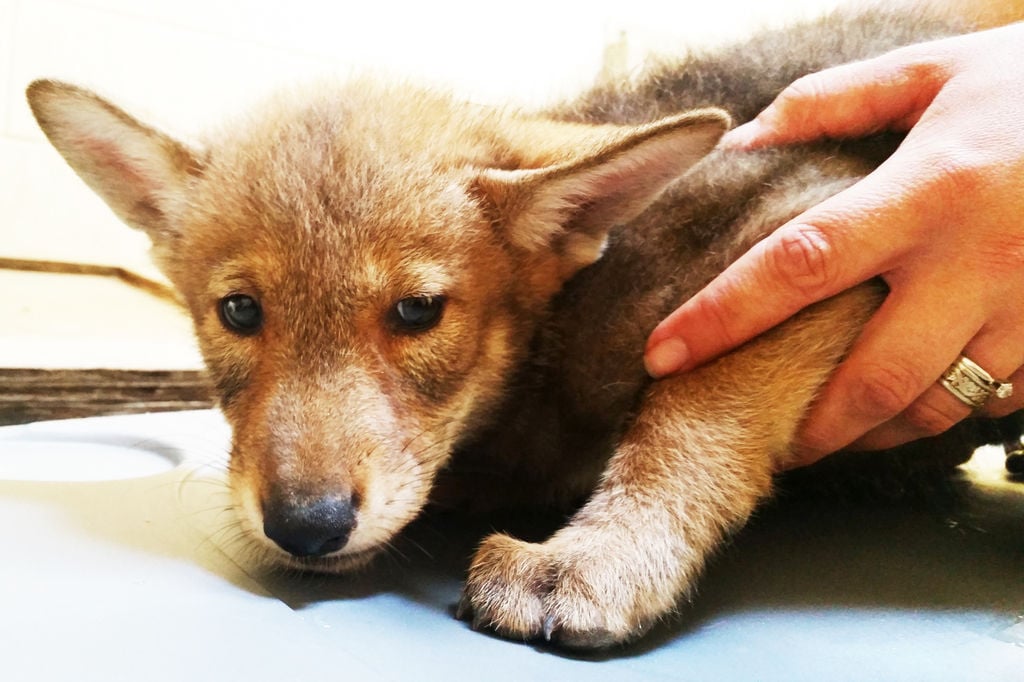
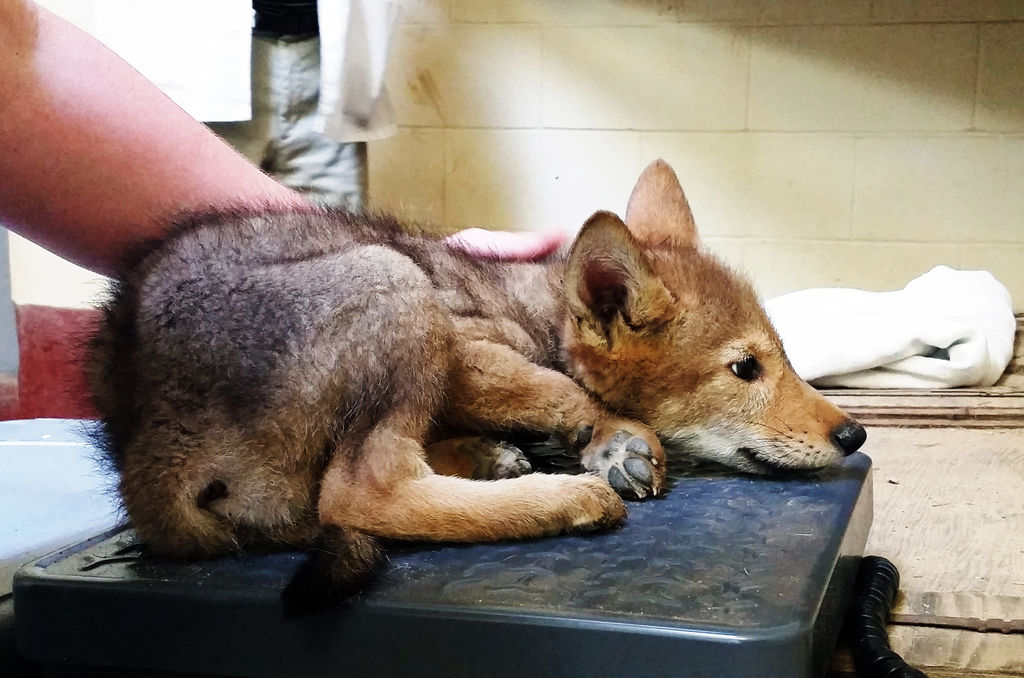

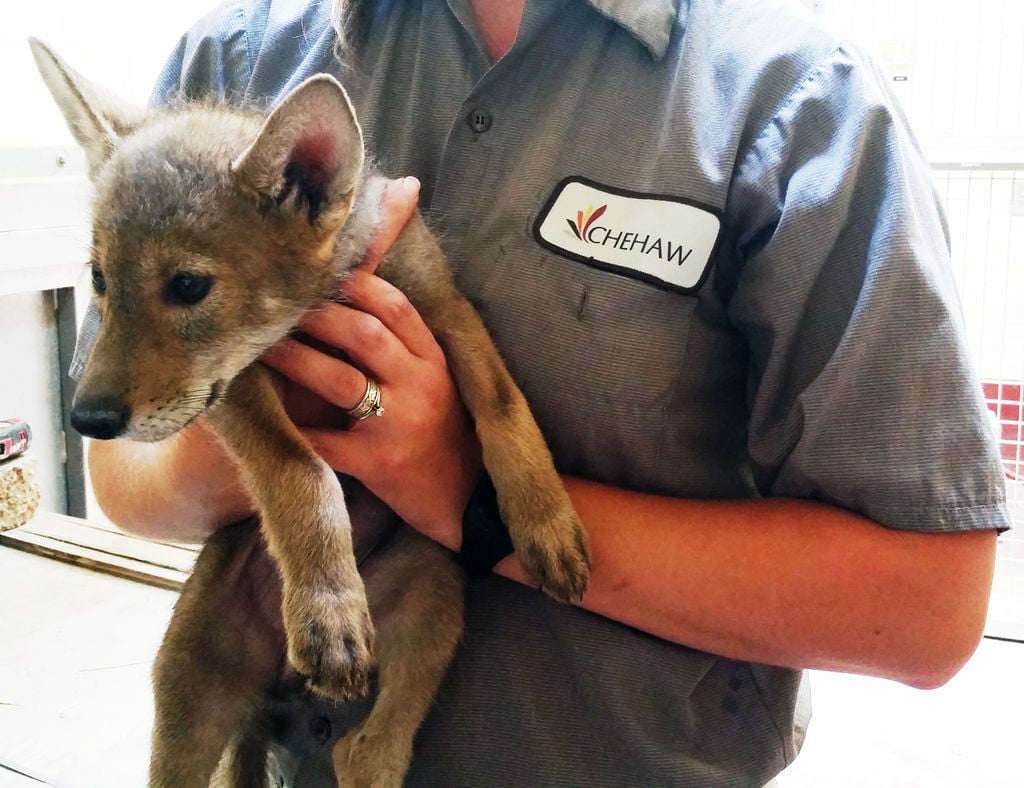
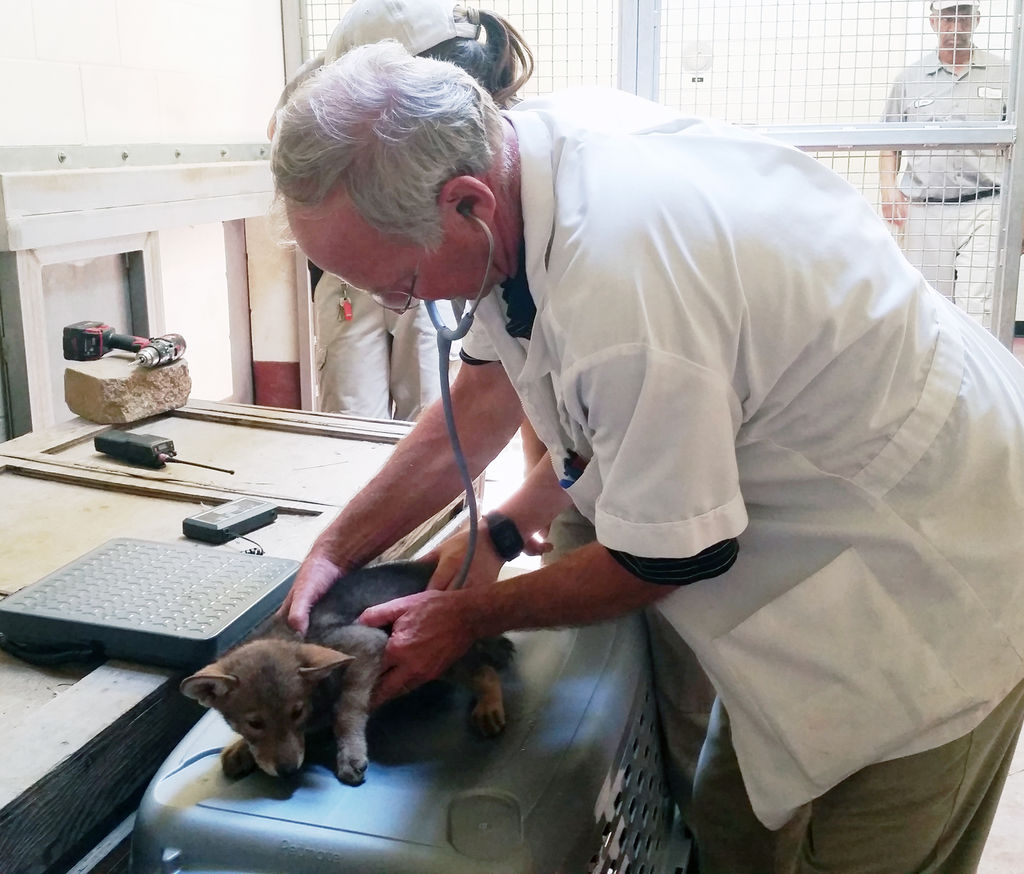
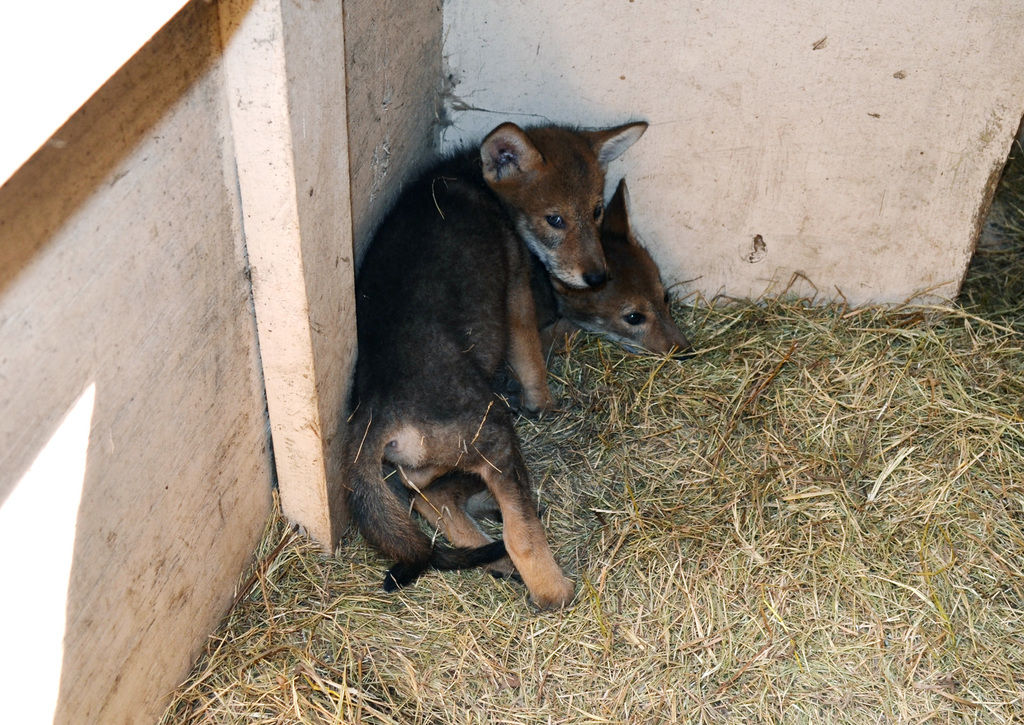
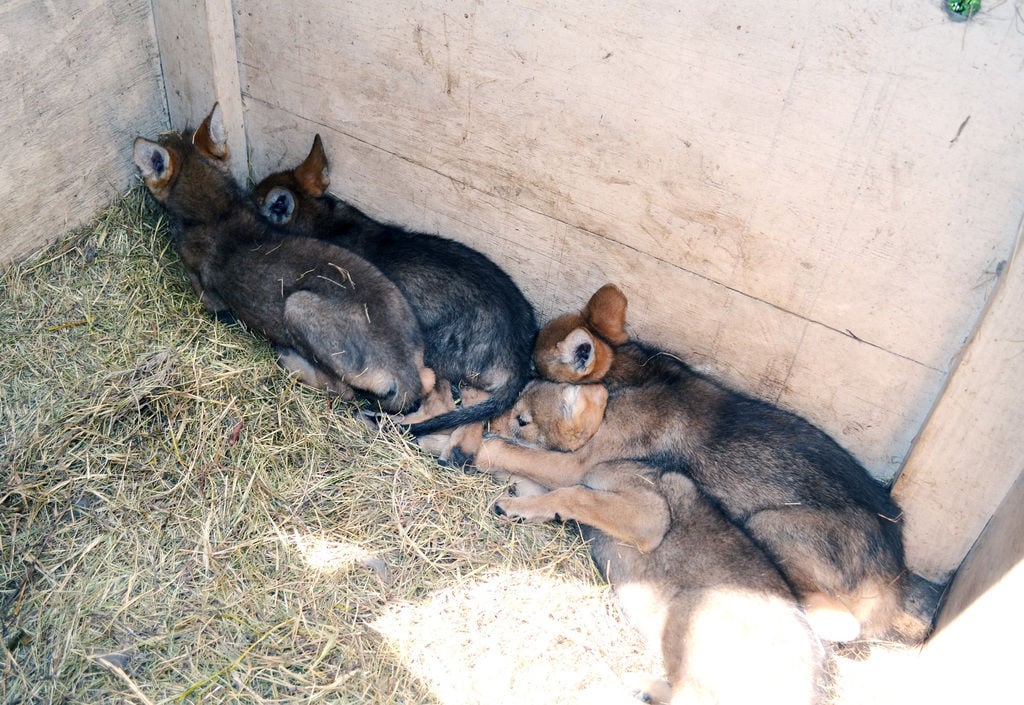
No comments:
Post a Comment